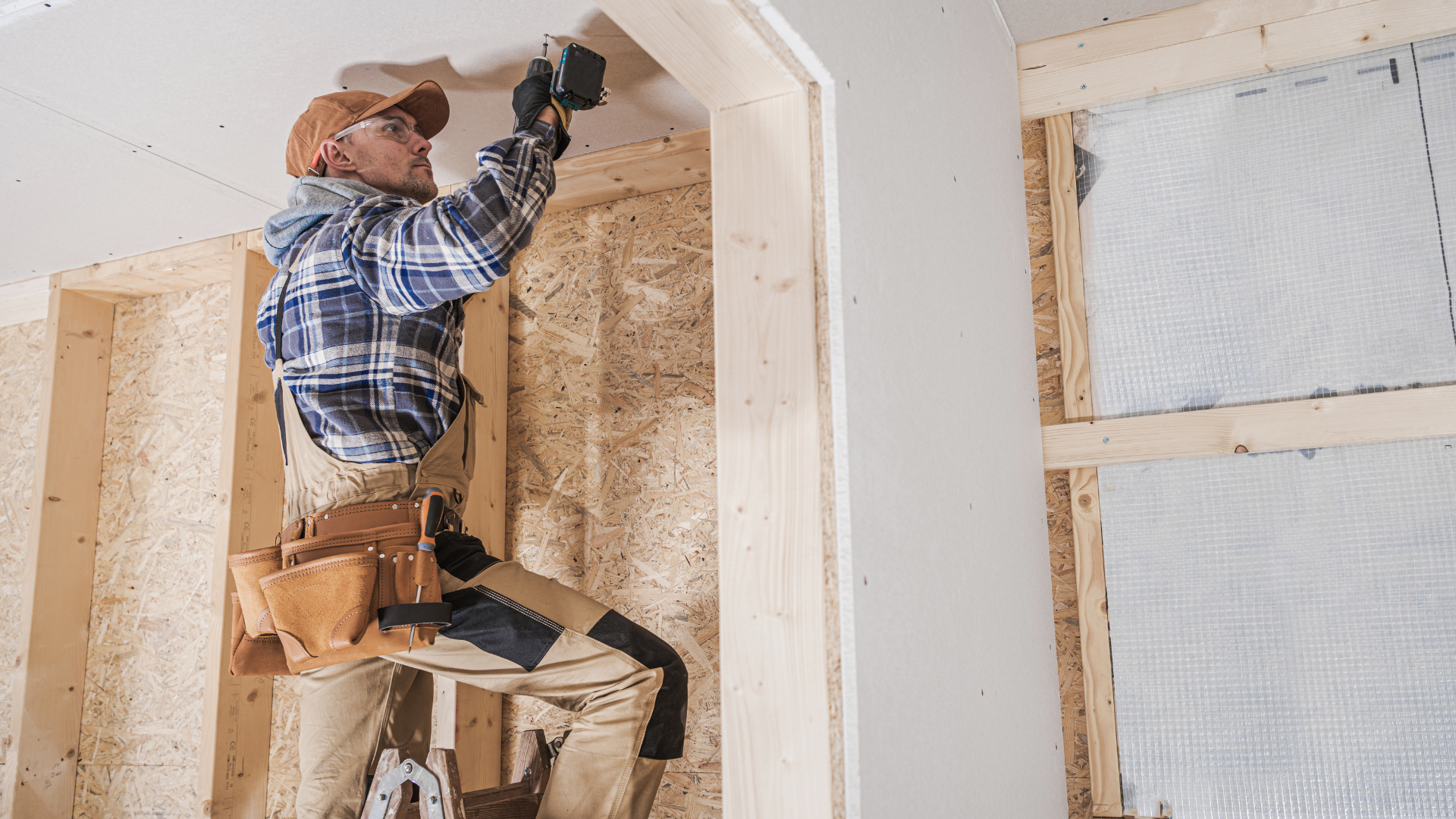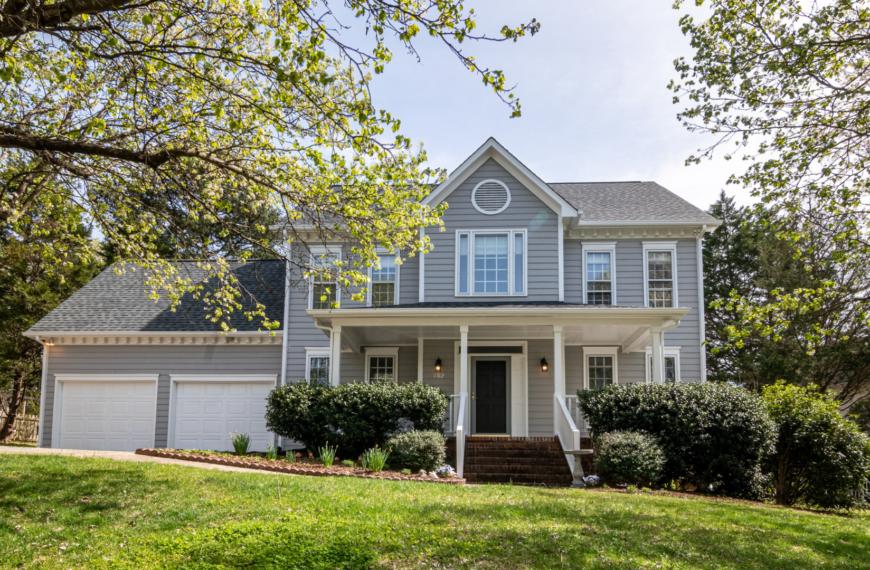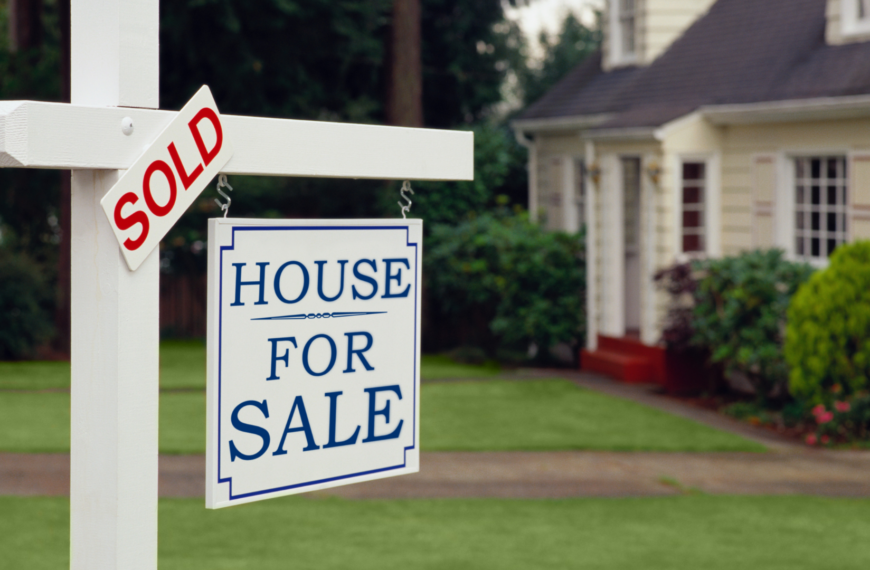So, you’re staring at your house and thinking, “Should I fix this thing up or just sell it as-is?” Maybe the roof’s got issues. Maybe the plumbing’s a ticking time bomb. Maybe you just don’t have the time, money, or patience to deal with renovations.
Selling a fixer-upper is a balancing act. Dump cash into repairs, and you might boost your profit—but you also risk blowing your budget and dragging out the sale. Sell as-is, and you’re in for a fast, no-hassle deal—but at a lower price.
This guide breaks it all down: when to repair, when to walk away, and how to sell your home for cash—fast.
Step 1: Assess Your Home’s Condition
Before deciding whether to fix or sell, take stock of what you’re working with. Here’s how to get an honest assessment:
1. Get a Pre-Sale Home Inspection
- Costs $300-$500, but gives you a full list of needed repairs.
- Helps avoid surprises from buyers’ inspections.
- Allows you to decide which repairs are worth doing.
2. Identify Deal-Breaker Repairs
Some issues will scare off traditional buyers but won’t faze cash investors. Here’s what matters:
Must-Fix (If Selling Traditionally):
- Major foundation issues (cracks, shifting, sagging).
- Extensive mold, termite, or water damage.
- Electrical or plumbing problems that make the home unsafe.
- Roof leaks that could lead to structural damage.
Sell As-Is (Cash Buyers Expect These):
- Outdated kitchens and bathrooms.
- Cosmetic issues (peeling paint, worn-out flooring).
- Minor HVAC issues.
- Old windows or aging siding.
📌 Pro Tip: If repairs cost more than 10% of the home’s value, selling as-is is often the better choice.
Step 2: Weigh Repair Costs vs. ROI
Dumping money into repairs doesn’t always pay off. Here’s how common fixes stack up in terms of return on investment (ROI):
| Repair | Average Cost | ROI (%) |
|---|---|---|
| Kitchen Remodel | $25,000 – $50,000 | 60-80% |
| Bathroom Remodel | $10,000 – $25,000 | 60-70% |
| New Roof | $7,000 – $15,000 | 60% |
| Exterior Paint | $3,000 – $6,000 | 50-60% |
| HVAC Replacement | $5,000 – $10,000 | 50% |
| New Flooring | $5,000 – $15,000 | 60-75% |
When to Repair:
- Your home is in a hot seller’s market, and small fixes could push you into a higher price bracket.
- The home only needs minor cosmetic updates.
- You have time and cash to complete renovations.
When to Sell As-Is:
- The repairs are too costly or time-consuming.
- You’re in a buyer’s market, where buyers are picky.
- You need to sell fast and move on.
📌 Pro Tip: If an investor offers 90% of your post-repair value (minus repair costs), take the deal. It’s probably your best bet.
Step 3: Understand the Cash Buyer Advantage
Traditional buyers rely on banks, inspections, and appraisals—which can kill a deal fast. Cash buyers? They don’t care about peeling paint or ugly cabinets. Here’s why selling as-is for cash makes sense:
✅ Fast Closings
- No mortgage approvals = 7-14 day closings.
✅ No Repairs, No Hassle
- Cash buyers take the home as-is—even with major defects.
✅ No Commissions or Fees
- Skip the 6% realtor fees and 2% closing costs.
✅ No Buyer Financing Fall-Throughs
- No banks = no last-minute loan denials.
📌 Pro Tip: Always vet cash buyers—demand proof of funds and check reviews.
Step 4: Get Multiple Offers & Negotiate Smartly
1. Get at Least Three Cash Offers
- Investors expect to negotiate—so play them against each other.
- Compare offer amounts, closing timelines, and contract terms.
2. Know the “After Repair Value” (ARV)
- ARV = What your home would sell for if fully fixed up.
- Cash buyers calculate their offers using:ARV – Repair Costs – Profit Margin = Cash Offer
Example:
- ARV: $300,000
- Repair Costs: $30,000
- Profit Margin: $40,000
- Cash Offer: $230,000
📌 Pro Tip: If the investor is lowballing you, counter with their competitor’s higher bid.
Sell Smart, Move Fast
Deciding to repair or sell as-is isn’t just about money—it’s about time, risk, and stress. Here’s the takeaway:
✔ Sell As-Is If: Repairs are expensive, time is short, or you want a hassle-free deal.
✔ Make Repairs If: Minor updates could dramatically boost value without delay or risk.
✔ Always Get Multiple Cash Offers—competition drives up your price.
✔ Vet Cash Buyers Carefully—avoid scams, check reviews, and demand proof of funds.
Done right, selling for cash can put money in your pocket fast—without the renovation headache.
FAQ
1. How fast can I sell a house as-is for cash?
- 7-14 days with a serious cash buyer.
2. Do I need to fix anything before selling for cash?
- Nope. Cash buyers take it as-is, even with major defects.
3. Will I lose money selling as-is?
- Maybe. But factor in repair costs, time, and agent commissions—sometimes, cash sales net more profit overall.
4. How do I avoid scams when selling as-is for cash?
- Verify proof of funds.
- Check online reviews (BBB, Google, Trustpilot).
- Use a licensed title company for closing.
Selling a fixer-upper? Know your numbers, skip the stress, and get paid fast.
References
-
Internal Revenue Service. (2024). Tax considerations when selling a home. Retrieved from https://www.irs.gov/newsroom/tax-considerations-when-selling-a-home
-
Pennymac. (2024). Selling a house as is: Pros and cons. Retrieved from https://www.pennymac.com/blog/how-much-do-you-lose-selling-a-house-as-is
-
HomeLight. (2024). Selling a house as is: Pros, cons, and how to get a fair price. Retrieved from https://www.homelight.com/blog/selling-a-house-as-is/
-
Experian. (2023). Should you fix up your house or sell it as is?. Retrieved from https://www.experian.com/blogs/ask-experian/should-you-fix-up-house-or-sell-it-as-is/
-
NerdWallet. (2024). Capital gains tax on home sales and real estate. Retrieved from https://www.nerdwallet.com/article/taxes/selling-home-capital-gains-tax




















